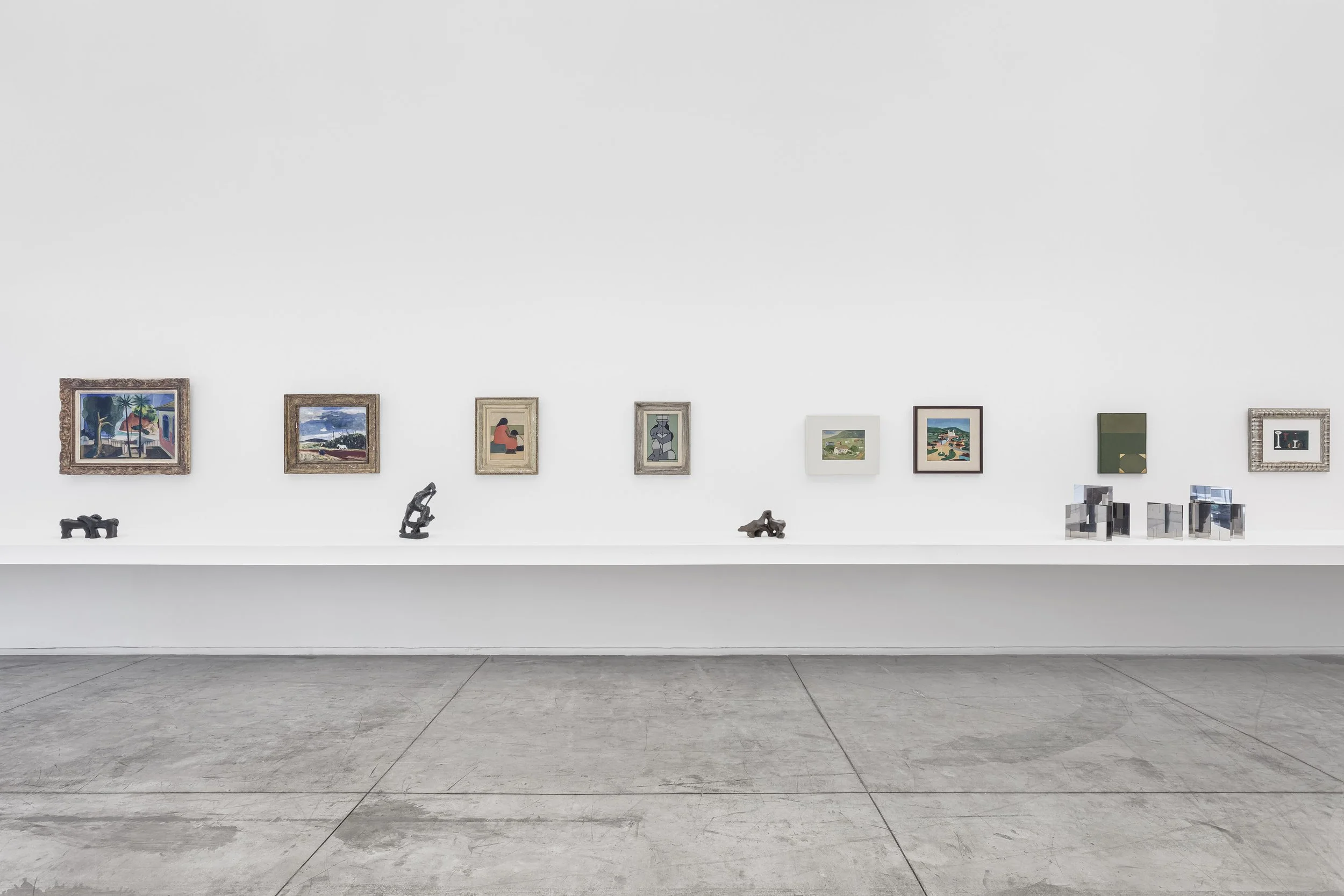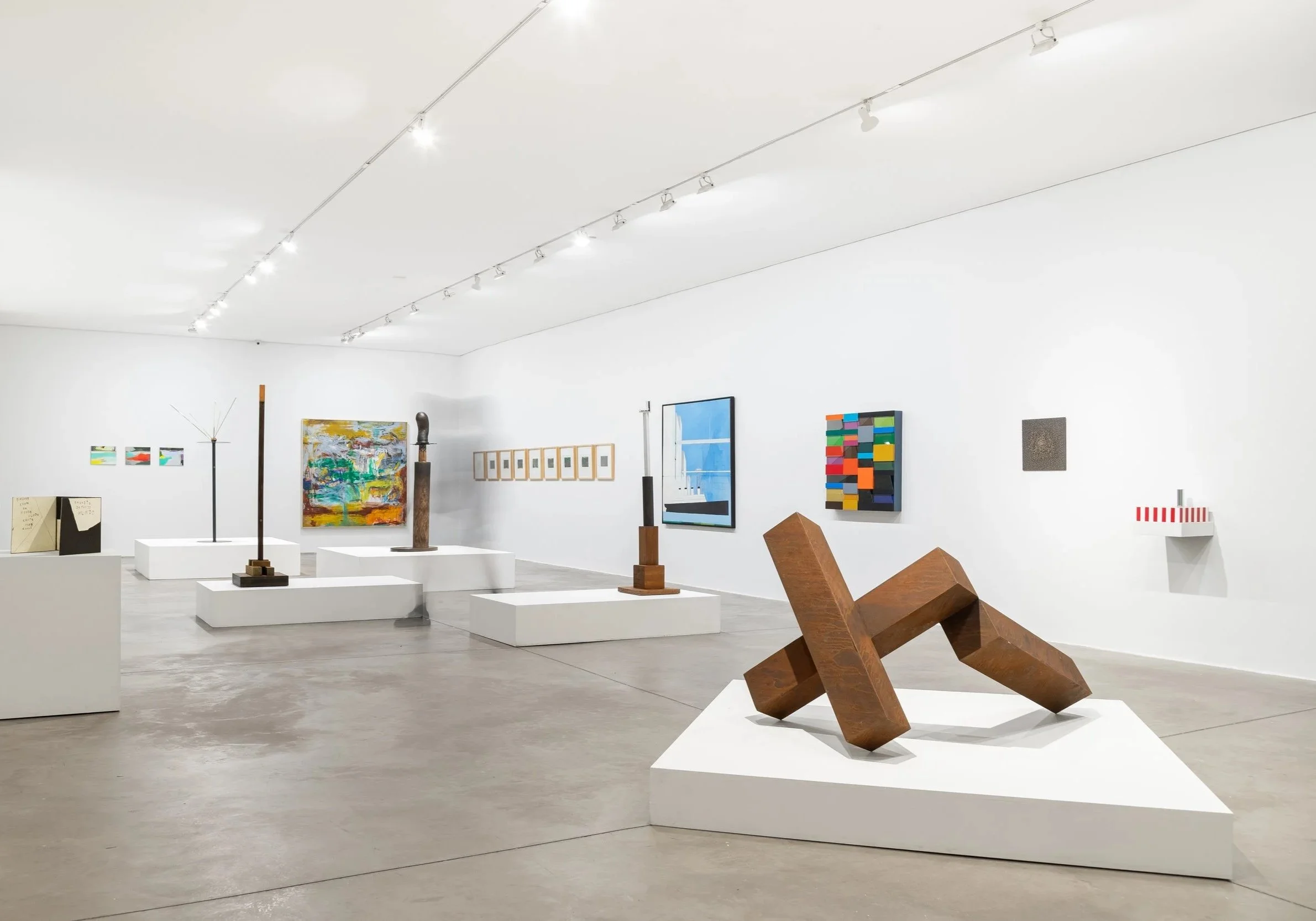Exposição atual: São Paulo
Galeria: 40 anos (parte 1)
〰️
Galeria: 40 anos (parte 1) 〰️
Galeria: 40 anos (parte 1)
19 de novembro, 2025 – 30 de janeiro, 2026
Exposição atual: Ribeirão Preto
Galeria: 40 anos (parte 2)
〰️
Galeria: 40 anos (parte 2) 〰️
Galeria: 40 anos (parte 2)
12 de novembro, 2025 – 30 de janeiro, 2026


